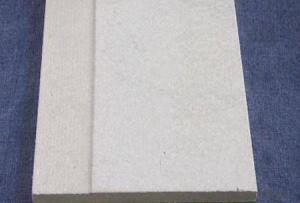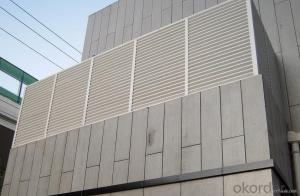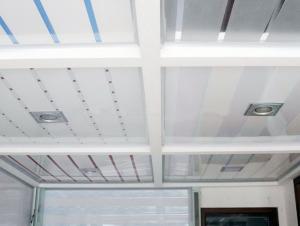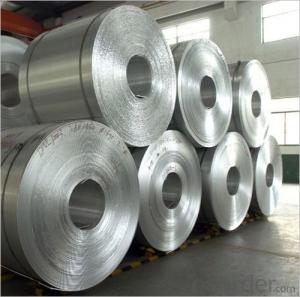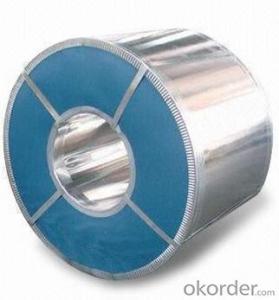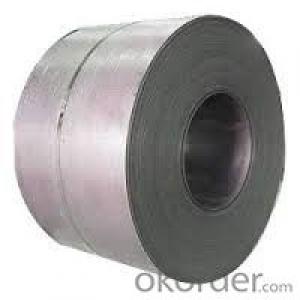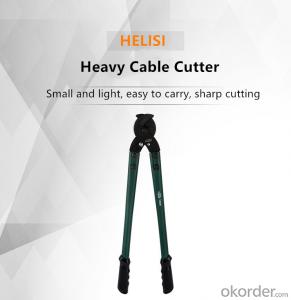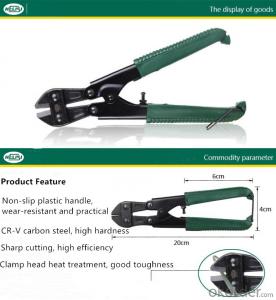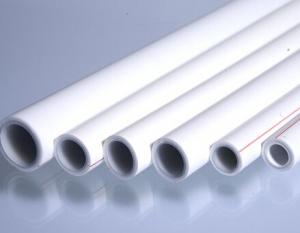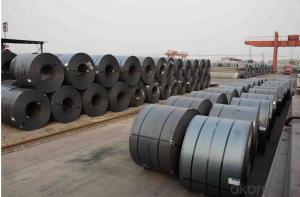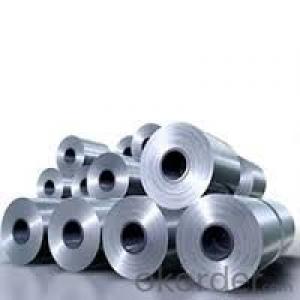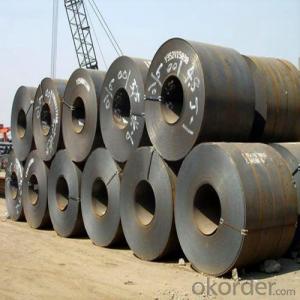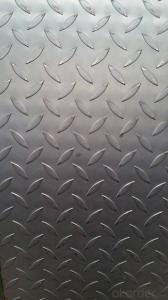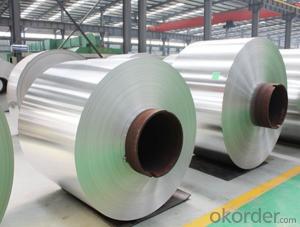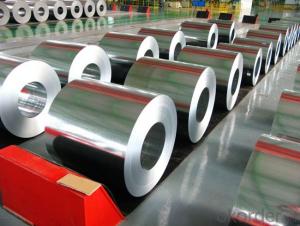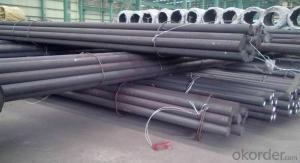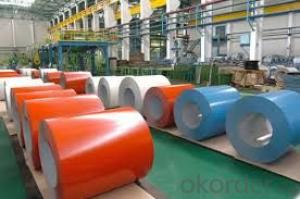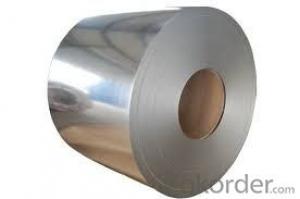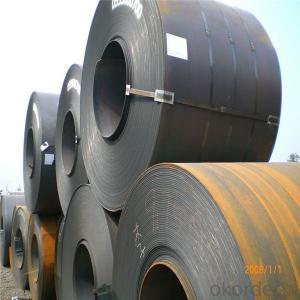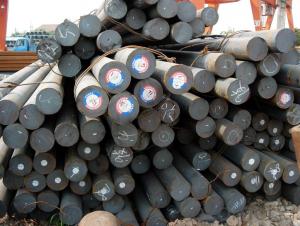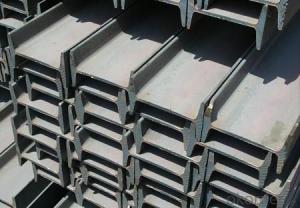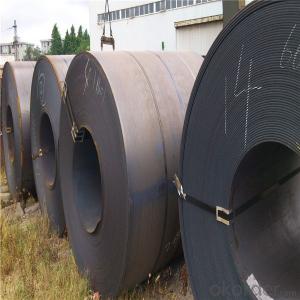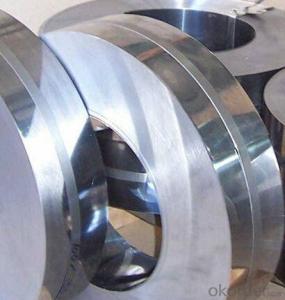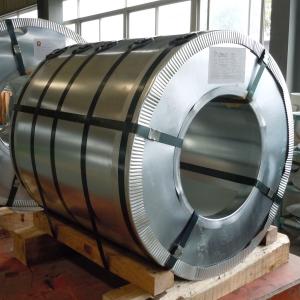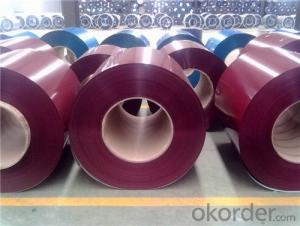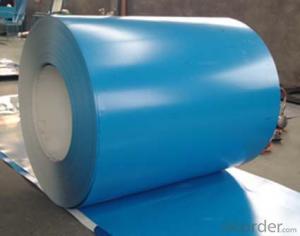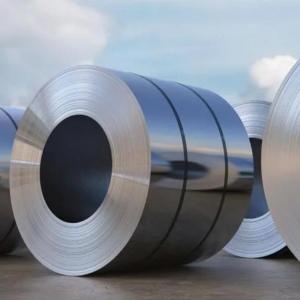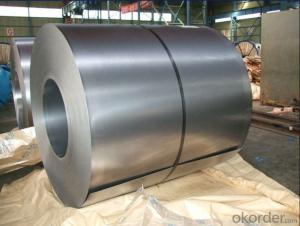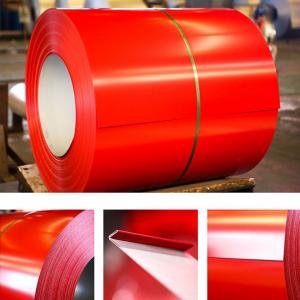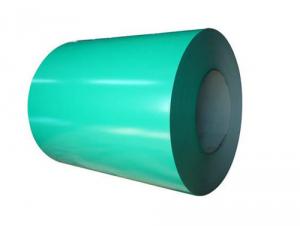Hot Rolled Pickled Coil
Hot Rolled Pickled Coil Related Searches
Hot Water Bags For Pain Relief Micro Inverter For Solar Panel Stainless Steel Bucket With Lid Hot Water Bottle With Hose Solar Panel With Ac Inverter Solar Panel With Inverter Kit Solar Panel Kits With Inverter Inverter With Solar Panel Aluminum Sheet With Holes Cover Ham With Aluminum FoilHot Searches
Steel Mesh Panels For Sale Stainless Steel Tank For Sale Stainless Steel Sheets For Sale Cheap High Tea Sets For Sale Stainless Steel Tanks For Sale Stainless Steel For Sale High Density Fiberboard For Sale Solar Hot Water Collectors For Sale Scaffolding For Sale In Uae Scaffolding For Sale In Ireland Scaffolding For Sale In Houston Price Of Shipping Containers For Sale Used Solar Inverter For Sale Portable Led Signs For Sale Stone Hot Water Bottles For Sale Aluminum Coil Stock For Sale Large Led Screens For Sale Aluminum Gutter Coil For Sale Used Aluminum Scaffolding For Sale 1/4 Aluminum Plate For SaleHot Rolled Pickled Coil Supplier & Manufacturer from China
Okorder.com is a professional Hot Rolled Pickled Coil supplier & manufacturer, offers integrated one-stop services including real-time quoting and online cargo tracking. We are funded by CNBM Group, a Fortune 500 enterprise and the largest Hot Rolled Pickled Coil firm in China.Hot Products
FAQ
- Steel coils are used in automotive manufacturing as the primary material for forming various components such as body panels, frames, and suspension parts. These coils are processed through specialized machinery and undergo shaping, cutting, and welding to create the desired parts. The durability, strength, and versatility of steel make it an ideal choice for automotive applications, ensuring safety and structural integrity in vehicles.
- Steel coils are used in the manufacturing of storage racks by being processed and shaped into various components such as beams, bracings, and shelves. These components are then assembled to create sturdy and durable storage racks that can safely hold and organize heavy items in warehouses, industrial facilities, and retail stores.
- Well actually I was just wondering why people were bashing on stainless so much for katanas. I heard that they don't hold their edge as well as carbon steel blades or Damascus steel. So what makes it so inferior to carbon or other types of steels?
- Stainless steel is not a go0od material for swords. It tends to shatter. There are many stories about people that have been severely injured or killed because a stainless steel sword shattered. It is simply not worth the risk. ...
- Galvalume steel coils are commonly used in various applications including roofing, siding, and automotive manufacturing. They are highly valued for their superior corrosion resistance, high strength-to-weight ratio, and aesthetic appeal. Additionally, these coils find extensive use in construction, agriculture, and industrial sectors due to their durability and cost-effectiveness.
- Steel coils are used in the production of steel clamps as the primary raw material. The coils are fed into a machine that cuts, shapes, and bends them to create the desired clamp design. The strength and durability of the steel coils ensure that the resulting clamps are capable of securely holding objects together.
- i bought an airsoft gun and it said steel recievers on it im not sure what that is
- Basically okorder / And so on and so on. Contrary to what the first answerer said, steel receivers aren't that bad. They do give a bit of heft but they are quite durable, give a realistic feel, and don't break when you land on them by accident.
- The dimensions of steel coils utilized in the aerospace sector exhibit variability, contingent upon the particular application and prerequisites. Nonetheless, in a general sense, steel coils intended for aerospace purposes typically possess standardized dimensions to ensure compatibility and facilitate utilization. Ordinarily, the thickness of aerospace-grade steel coils falls within the range of 0.008 inches (0.2 mm) to 0.125 inches (3.2 mm). The width may span from approximately 0.5 inches (12.7 mm) to 72 inches (1829 mm), although narrower widths are more frequently encountered. Regarding the coil's length, it can extend from several hundred feet to thousands of feet, contingent upon the specific requirements of the aerospace manufacturer. It should be emphasized that these dimensions are not rigid and can be tailored to meet the requirements of the aircraft or aerospace component being produced. The dimensions of steel coils can also vary depending on the specific steel alloy employed and the manufacturing procedures implemented. Ultimately, the dimensions of steel coils within the aerospace field are determined by factors such as strength, weight, durability, and the specific requirements of the aerospace manufacturer or project.
